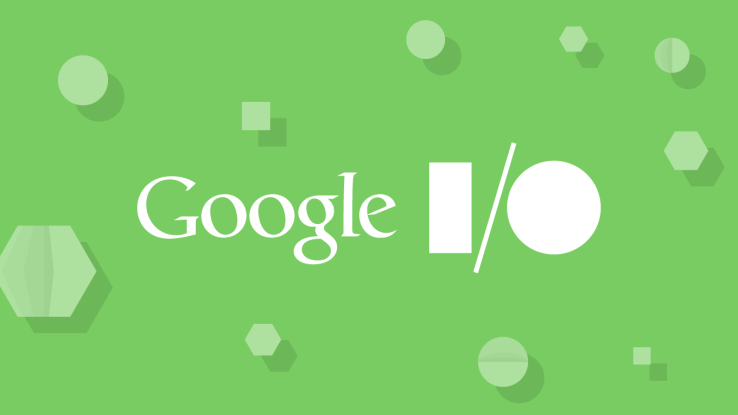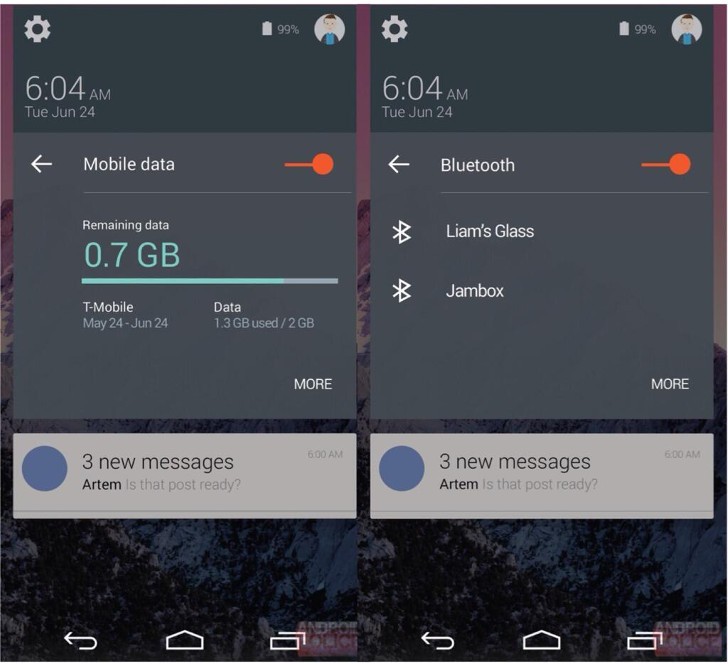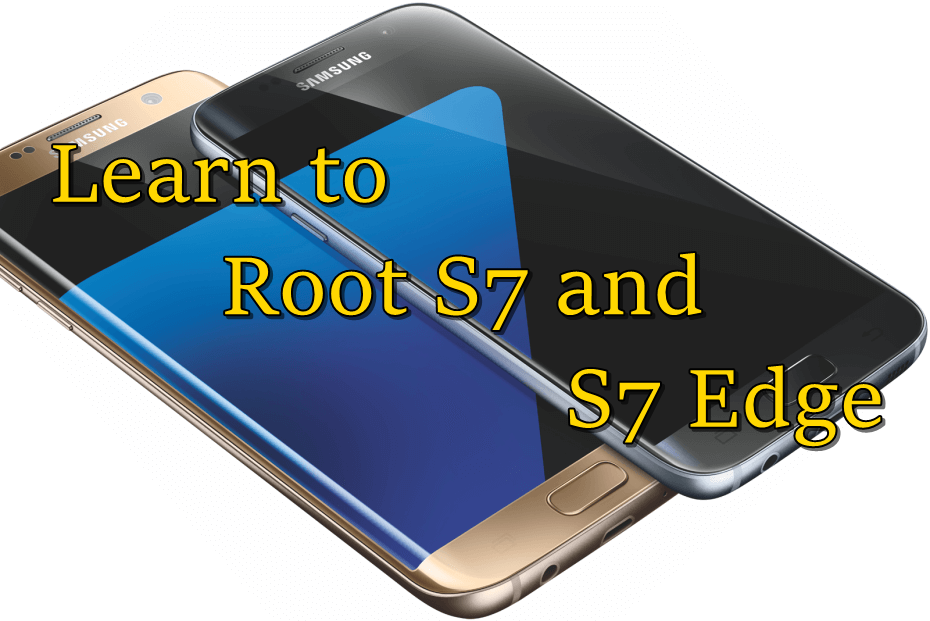Android L, Google’s mobile OS future!
Google has unveiled the next iteration of its mobile operating system, the Android 5.0 Lollipop or Android 5.0 L.
According to leaked speculations and images, this new addition is expected to introduce a major redesign, with the user interface expected to feature a “flat, minimalistic” design much similar to that of Apple’s iOS 7. The design comes from an inspiration of paper and ink, with the perception of what would happen if a material as simple as paper had the ability to be transformed with a simple touch.
The announcement was made on the 25th June at Goggle’s Annual I/O conference that took place in San Francisco’s Moscone Center. In one of the day’s big announcements, what the company dubbed as “Material Design” which is an all-inclusive refurbishment to Google’s design language that will be used throughout Google’s entire portfolio of products, from Chrome OS to the newly broadcasted 5.0, inclusive of the web came into play. The whole concept of this refurbishment is about building a design around the concept of how a digital material would act in the real world, with an emphasis on depth, color and motion.
The latest software is scheduled to be released in the autumn and will be preloaded on new Android devices. As for the older Android devices, mobile operators and manufacturers will be dictating when they will be downloadable.
What to expect from the latest software addition, Android 5.0 L:
A redesign in the recent apps menu: The ‘recents’ menu has been redesigned with the new Android L. With the new change, it will now have separate tabs that are clickable entities, plus this API will now be re-opened to developers, but again, the reality of this remains to be seen.
The notifications will have sizable improvements: With the Android 5.0 L, the notifications sector will have the potential of being expanded or discarded at will. What makes this feature even more interesting is that when you double-tap the notification from your lock screen, then you will be immediately directed to the app that triggered it. In addition, no more will you be subjected to the tiny status bar strip with regards to notifications. With the Android ‘L’, the notifications will be able to get displayed in a much larger box.
Contextual awareness has not been ignored: Contextual awareness has become an important issue for Google. With the new software, your smartphone, when powered with Android L will now be in position to tell when you as its owner is nearby, by virtue of its Bluetooth tether with a wearable, smartwatch lookalike. The upside of this is that your phone will now be in position to bypass a PIN/Patter-secured lockscreen wherever you come in close proximity of it with your (smart)watch. This means that without the watch, you will have to resort back to the more traditional means of imputing your pass code.
It will be 64-bit ready, courtesy of its new ART runtime: The new ART runtime, which was initially introduced as an experimental feature with Android 4.4 KitKat will now replace the Dalvik RT hence bringing forth notable improvements in performance when measured against the Dalvik, which makes use of JIT(Just-In-Time) The essence of this feature is that performance will be increased, apps will perform much better, with a new possibility for having devices with obscene amounts of RAM.
There will be an introduction of Project Volta and Battery Saver mode. The project Volta, with a major concern of improving upon battery life will majorly concern itself with the numerous subsystems of Android. This means that things such as cell radios, Wi-Fi and GPS among others will now be more competently handled through new power-saving APIs. In addition, with the new software update, a special Battery Saver mode will come into play. It will be able to stock Android Battery Saver and configure the same to work only when your charge drops below a certain percentage, with the option of turning the same on manually. In essence, your gadget’s performance will be limited by lowering processor clock speed and the display’s refresh rate hence enhancing its energy-efficient mode.
A separation of work and play: This means that enterprise users have reason to rejoice with the Android ‘L’. In essence, you will have the pleasure of separating your personal life from your work life as long as you have the latest Android software.
An upgrade in the Chrome Browser which now features a new fluid design with different parts of its UI changing size in order to give you easier access to the most relevant options.
A unification of the fitness tracker experience into one app, Google Fit. This feature will ensure that data from sensors of your phone, your smartwatch or any other wearables will now be able to be pulled. In essence, there will be a complete picture of you as the user’s fitness
It will come with a centralized setting called Universal Data Control, where users will be in position to control how data on their handset is shared.
The Android 5.0 L in highlights:
- The focus will be on the content
- There will be a possibility of getting real time shadows on the screen with 3D views
- With the Android L, developers will be allowed to change themes for apps
- It will come with a rich animated touch feedback
- You will only be shown relevant and useful notifications. In addition, you will be able to dismiss notifications with a swipe.
- It will come with a new concept of authentication or unlocking the phone
- It will run exclusively on ART runtime
- There will be no more application stutters since Google maps waiting time will be halved.
- Battery performance will be enhanced
- There will be a possibility of PC gaming graphics on your tablet
- Has libraries to extract colors from images
- Phone design will be brought to laptops and tablets
- There will be nestled scrolling, meaning that items will disappear based on scrolling
- New Roboto font, designed and optimized for every screen, from watch to TV
What else the conference covered:
Originally, over the recent rears, the conference’s main focus has been on smartphones and tablets, however, this time around it has evolved to encompass homes, cars and smartwatches.
The Android wear
In March, Google released “Android Wear” as version of Android developed for wristwatches. With the Android wear, developers will have a much easier time to develop small devices such as watches. The Android Wear will open a wealth of things that can be done with the device from being able to view who is calling on the watch to being able to order food on eat24 from the watch to having a voice controlled setting of alarm clock on the watch among many other possibilities.
Android TV
You will now have the potential to control your TV with your watch or phone. The Android TV will have the capability to be used like Chromecast hence bringing Googlecast to more TVs. There will be a capability to search TV by use of voice. The Android TV will reportedly use a custom version of Google’s Android mobile operating system, with the anticipated major selling point being the gaming section. You will be able to suspend progress on a smartphone game and continue with it on your TV. The system will apparently be powered by Nvidia’s Tegra 4 chip.
Android Auto
An announcement for Android Auto was also made. Android Auto will be contextually aware, voice enabled, have voice enabled messaging. The Android Auto release is expected to be available round the time of the Android ‘L’ release, with 20 car brands having signed up and 40 new partners having joined the Open Automobile Alliance. The first cars with the Android Auto are expected to be released before the end of the year.
 Smartphonetechie
Smartphonetechie



